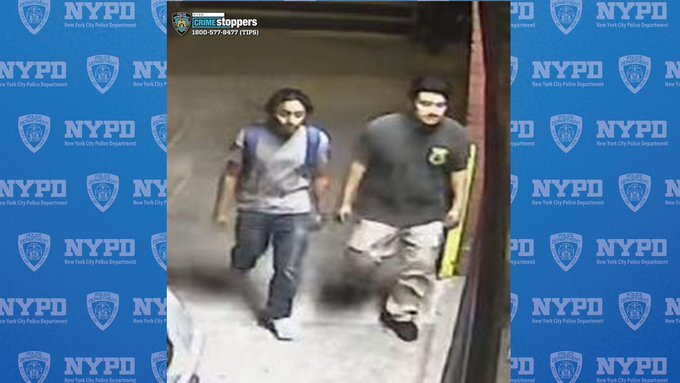By Sadef Ali Kully
Since the outcry over the death of Eric Garner in a chokehold applied by an NYPD officer, police and community relations have under scrutiny and new policies are being tested out across the city.
At the 103rd Precinct Community Council meeting at St. Benedict’s Church in Jamaica Tuesday night, Deputy Inspector John Cappelman spoke about some new initiatives that his precinct has undertaken as part of the NYPD’s reform on Operation Impact.
These measures include putting additional NYPD cameras on the streets, targeting specific persons of interests rather than making a large number of arrests, implementing the modified version of the NYPD’s Operation Impact program, and the use of body cameras on uniformed police officers. The 103rd Precinct, which covers Jamaica, is one of the five selected in the city to begin the trial use of body cameras.
“It’s just a pilot program right now and it started in December,” Cappelman said. “It is going well. There was a little reluctance, but the more we looked at it, the better it was. It will keep officers in check and diminish any issues they might have in public during disputes.”
The precinct currently has nine body cameras, each assigned to uniformed officers in patrol cars and they are recording 40 to 50 videos a week. “Eventually we will see every police officer in the NYPD with a body camera, which is what the public wants, and it will work out well,” said Cappelman. “At this point they haven’t recorded anything significant.”
The modified version of Operation Impact will have new police officers trained with mentor police officers rather than being placed on foot patrol in an Impact zone without a senior partner. Operation Impact was implemented over a dozen years ago in the city and focuses on high-crime zones.
“We got 12 new officers at the precinct, so rather than put in Impact zones, which used to happen after you graduated from the academy,, now they are working with a field officer who has extensive training and they are riding around in patrol cars and learning how to become police officers,”the deputy inspector said.
“When an officer went out, he learned how to make an arrest and write summonses, but he didn’t necessarily learn how to interact with the community. We are here to serve the community, we are here to serve the public, and we are here to work together.”
According to Cappelman, civilian complaints against the 103rd Precinct have gone down 40 percent since last year.
“A lot of the times we are dealing with people on the worst day of their lives. That’s something to keep in perspective. We are here to serve the community, more effectively and efficiently and in the long run we do not want to alienate people,” he said. “We want to rebuild some of the bridges that have been torn down. We are trying to assign the same officers to the same posts on a daily basis… that goes a long way. It gives cops a good conceptual perspective of the area. “
In southeast Queens, the 103rd, 105th and 113th precincts share overlapping Impact zones across Jamaica, Hollis, St.Albans, Hollis, Springfield Gardens, South Ozone Park, Queens Village, Cambria Heights, Laurelton, Rosedale and Floral Park.
Reach Reporter Sadef Ali Kully by e-mail at skully@cnglocal.com or by phone at (718) 260–4546.
































